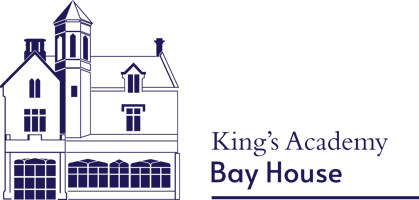Mathematics
We all need a little extra help from time to time. Pupils can ask for help from their teacher in and outside of lesson time. At home, pupils can get help in their maths by using some of the many excellent websites that are available:
- There are video lessons available at vle.mathswatch.com – pupils can login as “Joe Bloggs@bayhouse” (where Joe Bloggs is their school network username) using their own school network password.
- CorbettMaths.com offers 5-a-day questions pitched at various levels as well as more videos on GCSE topics.
Key Stage 3
We are using a mastery curriculum in years 7-9. The aim is that we cover each topic until the class has mastered the skills covered. This approach slows down the speed at which we move through topics but ensures that pupils have much better retention of what they have learned. We are prioritising depth of understanding over breadth of knowledge. This approach has become widespread in the UK over recent years and there are various articles explaining more on the internet if you are interested.
We are constantly trying to improve our curriculum to best prepare students for exams and for life. Therefore, each cohort follows a slightly different programme of study. The list here is an indication of what each year group will study during the 2017/18 academic year rather than what any one pupil can expect throughout their time at Bay House.
Year 7
In year 7 we are studying the following topics:
- place value and rounding
- addition and subtraction
- multiplication and division
- 2D shapes
- fractions
- algebra
- percentages
- handling data
Year 8
In year 8 we are studying the following topics:
- fractions
- percentages
- angle rules
- perimeter, area and volume
- transformations
- single brackets and indices
- linear equations and formulae
- real life graphs
- arithmetic sequences
- probability
- pie charts and line graphs
- stem and leaf diagrams
Year 9
In year 9 we are studying the following topics:
- ratio and proportion
- bearings and scale drawing
- constructions and loci
- transformations
- inequalities
- sequences
- probability
- sample spaces
- averages from tables
- stem and leaf diagrams
- pie charts
Some pupils will additionally cover:
- quadratics
- simultaneous equations
- straight line graphs
- scatter graphs
Key Stage 4
In years 10 and 11 all pupils prepare for and sit the Edexcel GCSE Mathematics (9-1) (http://qualifications.pearson.com/en/qualifications/edexcel-gcses/mathematics-2015.html). There are two tiers of entry, Higher (grades 4-9) and Foundation (grades 1-5). Pupils are entered for whichever tier they are likely to perform best on, but we don’t have to make this final decision until after we have seen how they do on the various sets of Pre-Public Exams (PPEs). On each tier of entry there are three exam papers to be sat. The first is a non-calculator paper; for the second and third pupils may use their own calculator with which they should be familiar.
Year 10
Pupils will be studying various units, and are tested on each unit as they complete it. There is one major set of exams towards the end of year 10, when pupils are given papers that are closer to a real GCSE paper. This helps them understand what they are working towards.
Year 11
Pupils will study the remaining topics and revise lots of the work done in previous years. There will be a set of PPEs in the Autumn Term and another in the Spring Term. All three of the final exams will be in the summer exam season which is May and June of each year.

